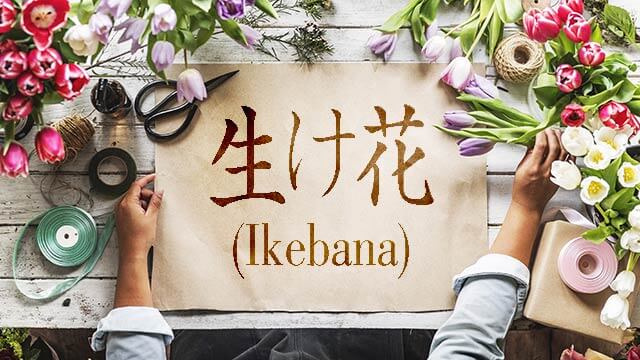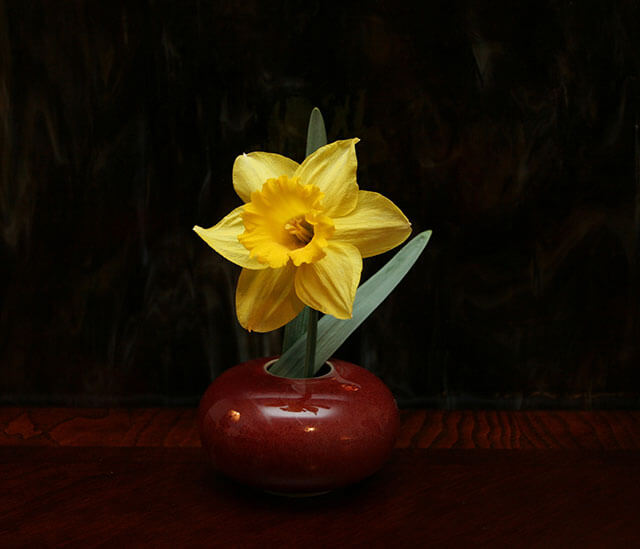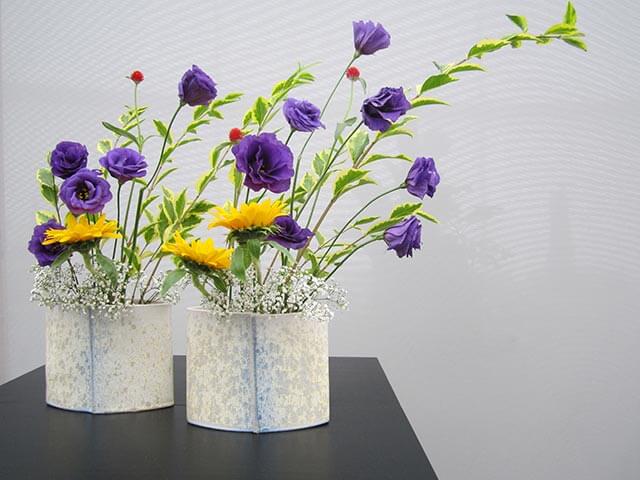How ‘Ikebana’ Theory Influences Modern Florists
Ikebana: A Japanese hobby and art form that involves strategically arranging plants, branches, and flowers in a precise and thoughtful way.

Sounds a little like a floral arrangement, right? Knowing a little bit about this ancient artistic and natural theory can help you appreciate the work behind a floral arrangement when you’re looking for a florist near you.
A little linguistic context, if it interests you: Ikebana is sometimes translated as “living flowers”, because it is derived from the Japanese words ikeru meaning “to arrange flowers” or “to keep alive”, and hana meaning simply “flower(s)”. It’s also translated as “giving life to flowers” or “arranging flowers”. Doesn’t “living flowers” sound beautiful, though?
Decorating with and arranging plants is a big aspect of Japan’s native Shinto religion, so it’s theorized that modern ikebana partially comes from Shinto practices. When Buddhism was brought over from China, the use of natural arrangements was cemented with the Buddhist practice of floral offerings.

In Japan, ikebana is a highly respected art form. The way an ikebana artist considers their work is not unlike a sculpture. They take form, lines, and color into consideration to express an emotion. Natural cycles are also a huge component in ikebana. Have you ever noticed whether flowers in your bouquet or arrangement are autumn flowers or summer flowers? Much like a florist working on an autumn inspired wedding bouquet, an Ikebana artist prefers seasonal materials to reflect changes in nature and the overall mood of those experiencing the seasons changing.
You already know how a flower delivery can make you feel — happy, supported, loved. In fact, a survey revealed that a gift of flowers positively changed the mood of 88% of respondents. Ellen Gordon Allen was one of the first people to take the natural joy of flowers in Western culture and bring ikebana theory to America.

Ellen Gordon Allen had one main goal in mind: “friends through flowers”. She was captured by the harmony that ikebana artists tried to incorporate into their work, and thought that was a lovely use for flowers and flower arrangements. Considering many flower arrangements in Western culture are reserved for instances where connection and harmony are most needed (funerals, partings, apologies, birthdays, anniversaries, holidays), this is a beautiful philosophy to sum up why florists do what they do.
Next time you go to a florist shop to order a floral arrangement, think of ikebana and think carefully about the color and shape of the arrangements that your florist lovingly created.
Planning a Wedding?
Fill out the form to get a copy of our free “Wedding Planning Floral Checklist” and get started planning your wedding today!


